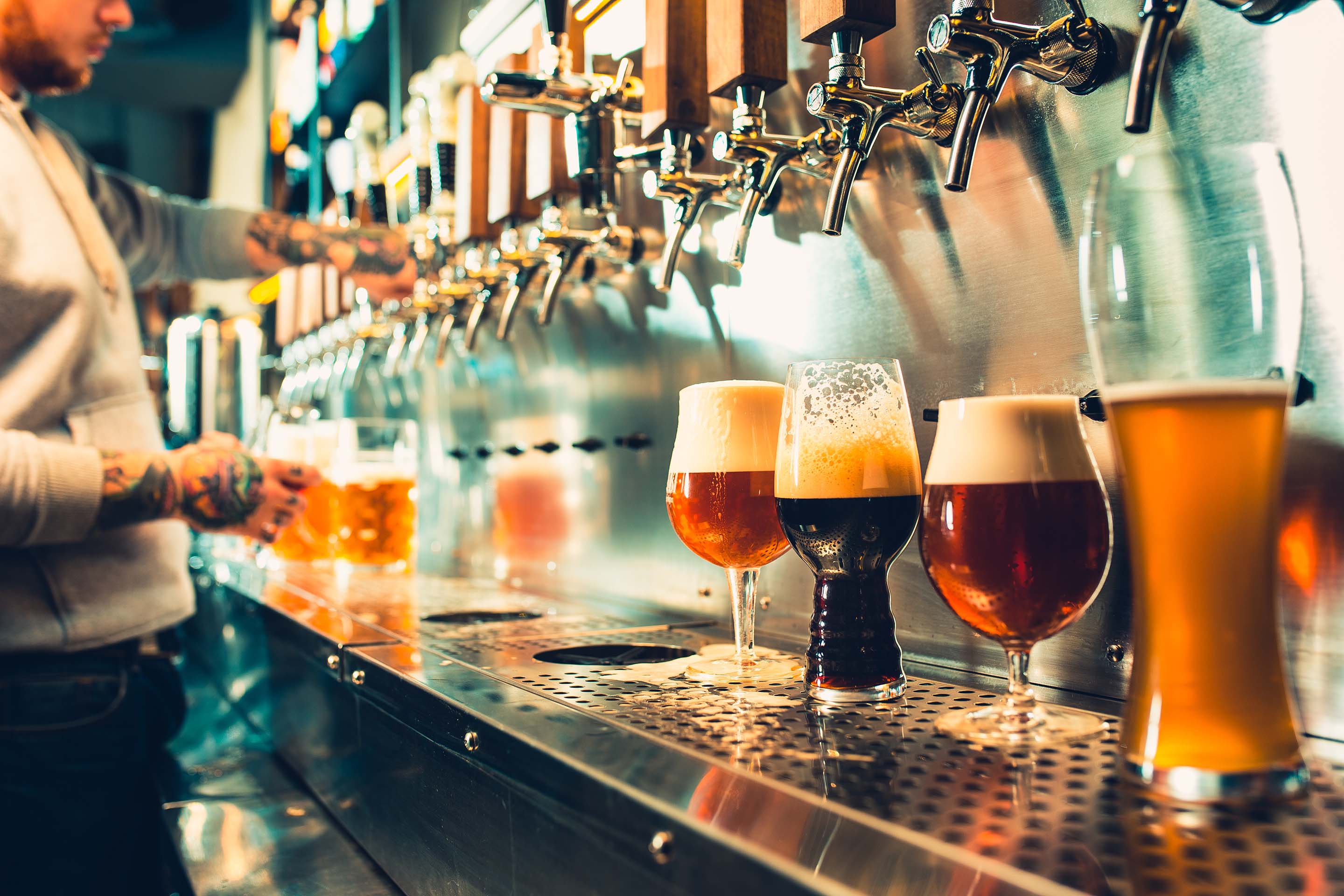WHY GAS CYLINDERS ARE LIKE CHICKENS
Published on 1 February 2019 byBeer and other alcoholic drinks including sparkling wines have contained Carbon Dioxide (CO₂) as a result of the fermentation process, generated by the action of yeast converting sugars into alcohol.
When the bottle is opened, this natural, dissolved CO₂ creates an effervescent “fizz” as it breaks free from solution in the drink wherever a bubble nucleation site exists, giving these drinks their distinct refreshing appeal and contributing to their mouthfeel.
In modern times, brewers and winemakers began to enhance the gasification process by adding supplementary CO₂ to modify the level of carbonation in drinks to change the taste, look and feel of the drinks, as well as preserving the beer.
GCE now offer a range of re-useable, interchangeable gas cylinder diptubes to suit all cylinder sizes. These devices ensure that during cylinder filling, the High Pressure Nitrogen is jetted right into the body of the liquid CO₂ resting at the bottom of the cylinder during the filling processThis vapourises and agitates the CO₂, rapidly mixing the gases together.
Have you ever wondered why eggs remain fresh longer unrefrigerated than you might expect from any other similar dairy foods? Cream, for example, would quickly turn sour, smelly and green if not kept in a fridge.
Eggs are blessed with a semi-permeable membrane under their shells, which helps to keep environmental contaminants out.
So why are beverage gas cylinders like chickens?
The answer is quite simple. Chickens through their natural respiration process, carbonate their eggs with CO₂ before laying them, ensuring longevity even in the warmest of conditions, in a nest underneath a chicken, for example.
So a chicken is like a beverage gas cylinder as it delivers the perfect gas mixture into a comestible product to ensure the product remains fresh longer, looking, feeling and tasting exactly as it should.
Today, the brewing industry comprises several multinational companies and a multitude of smaller producers ranging from brewpubs to regional and national breweries.
You can see using of tubes during the exact mixing of CO2 in the animation.


